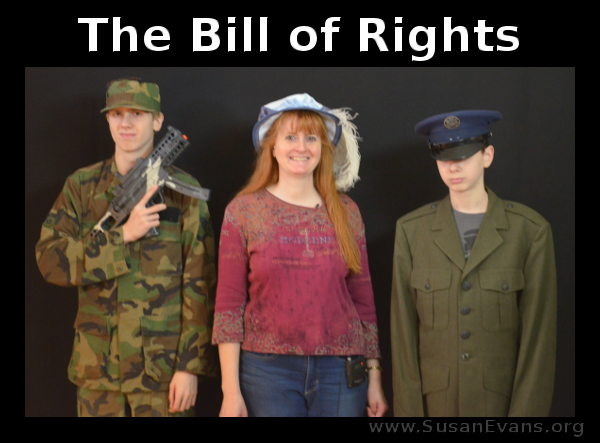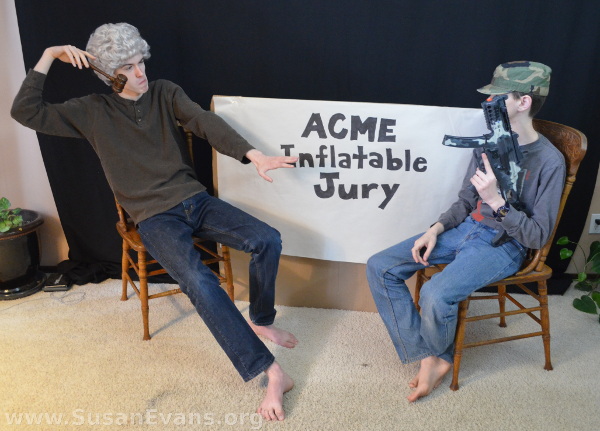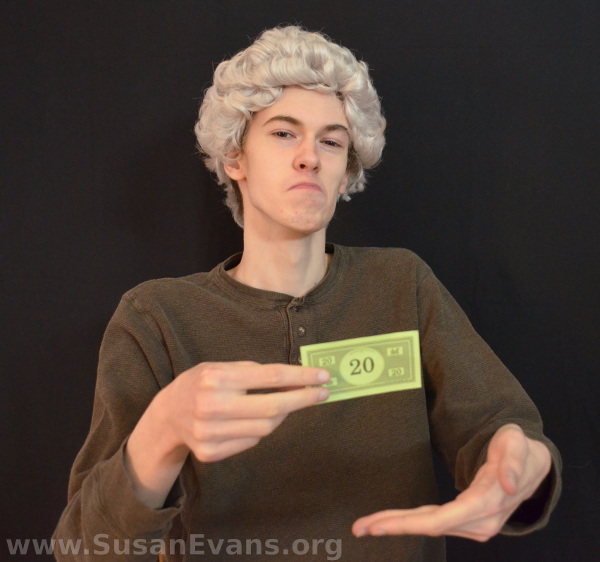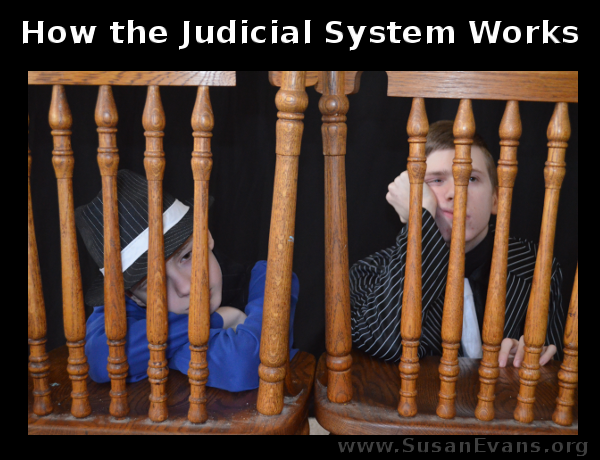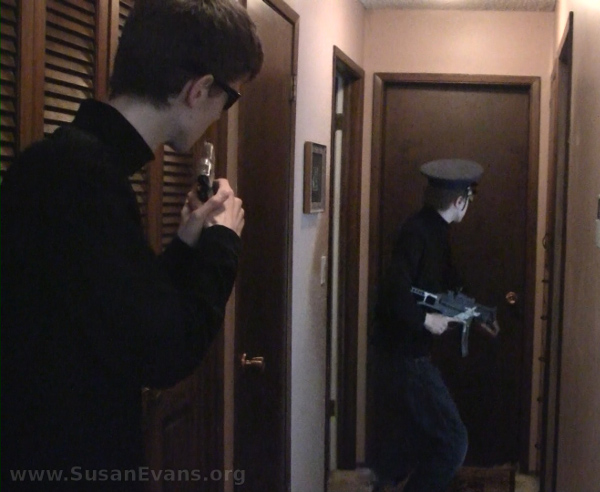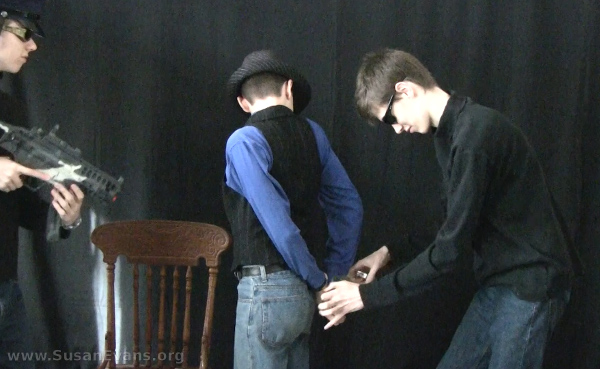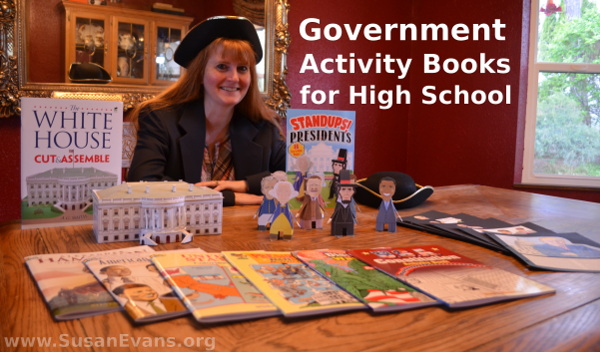
I received these Government activity books from Dover Publications for free and was compansated for an honest review.
Since we have been studying Government in our homeschool this semester, I was overjoyed to find these Government activity books for high school! These hands-on activity books are perfect for all ages, but especially for high school students who are studying Government.
You all know how I love hands-on learning. Well, these Dover Publications books include pop-up Presidents, a 3-D White House model, and activity books that include other hands-on craft ideas. There are coloring pages that can be used for notebooking, along with word searches, crossword puzzles, and code breakers.
Government Activity Books for High School (video)
In this demonstration video, you will see many fun activities you can add to your study of Government:
Presidents Paper Models
These eight paper models of famous United States Presidents include George Washington, Abraham Lincoln, Andrew Jackson, Theodore Roosevelt, John F. Kennedy, Franklin D. Roosevelt, Thomas Jefferson, and Barack Obama. The models are easy to punch out, since they are perforated. You can glue them together, and they look like a group of presidential penguins!
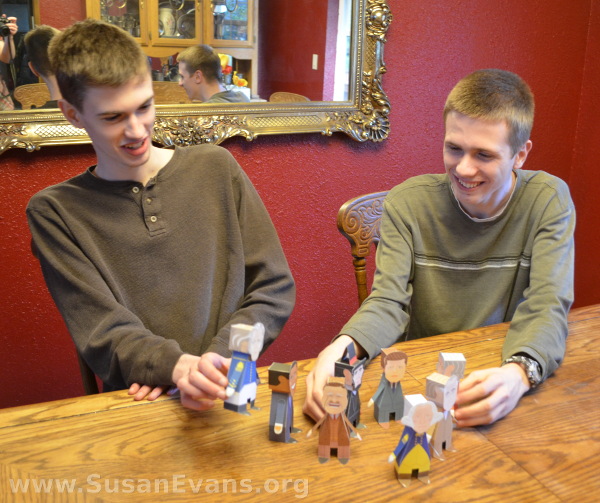
Writing assignments can include skits between two of the Presidents. The skit can be acted out with two students in front of an audience. You can pair up Presidents who might have had opposite views on different issues to make your dialogues more interesting. Since George Washington owned slaves, for example, he could talk to Abraham Lincoln about the Emancipation Proclamation.
Barack Obama could re-define the Constitution and say it is a living document, and see if George Washington rolls over in his grave. Yes, you could make a pop-up gravestone to go along with this particular skit to promote interest from other teens who are taking Government class.
You could even have a time warp cocktail party where all these Presidents are milling around with a glass of punch in their hands, trying to make small talk with each other. Ah, yes. This is what comedy shows are made of!
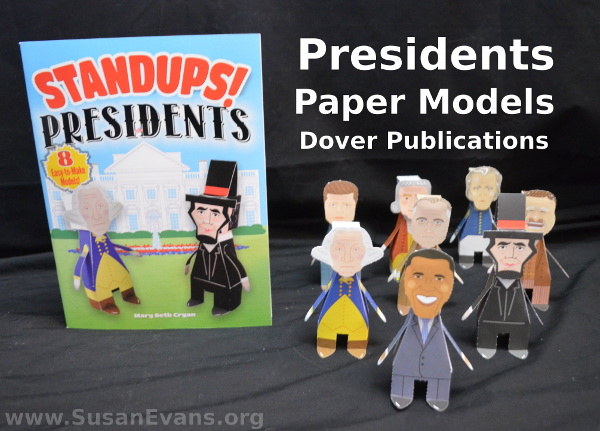
White House Paper Model
We also put together a 3-D White House model. This is good for high school students, since the cutting and pasting is too complicated for small children. If you set aside several nights to put together the model, you will enjoy the process more. Hold the pieces that you are gluing together for at least 60 seconds before releasing. Two minutes is even better. If you are chatting with friends or listening to music, putting this model together is even more enjoyable. I think it is totally worth it to have a 3-D model of the White House for kids to look at.
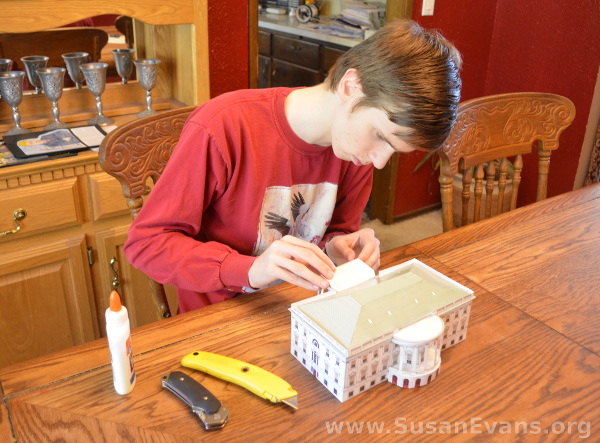
High school teens can do further study with library books and present a report about the White House in front of a co-op or classroom. Younger kids can do a White House LEGO model like the simplified one we did several years ago. We learned about what each of the rooms of the White House contained. Some day I would love to take my kids to a tour of the actual White House!
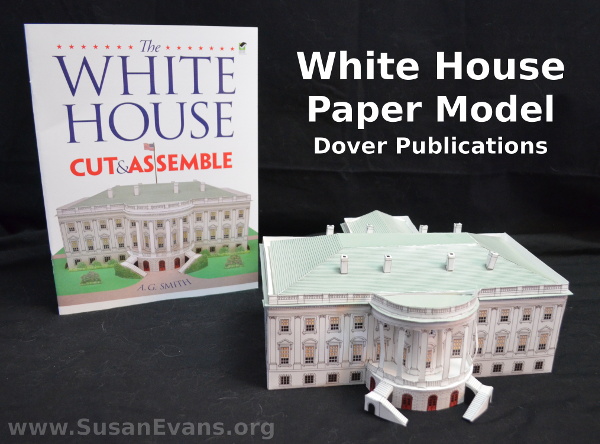
Government Coloring Books for Notebooking
You can use these Government coloring books for notebooking. Simply color the pictures with colored pencils, and then cut and glue the pictures and information on black card stock paper. I always prefer black paper because it causes the kids’ work to pop. It really does showcase the artwork.
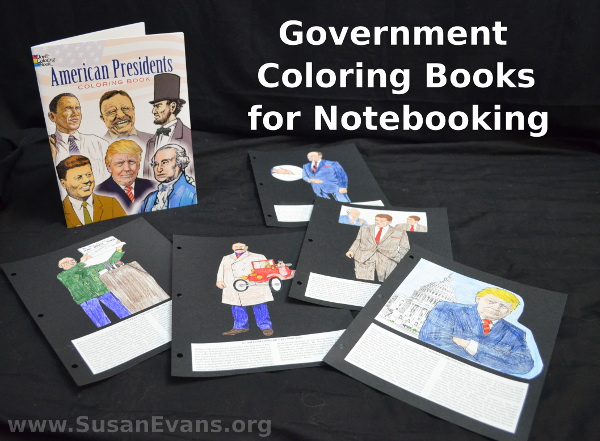
You can also have the student write a report on a President and include the report in the Government notebook. Or include coloring pages from the Alexander Hamilton Coloring Book, and describe the situation depicted in the drawing. You can assign it from a first person point of view to make the teen feel like he or she is standing in that time period and experiencing the event themselves.
Dover Publications Giveaway & Discount Code
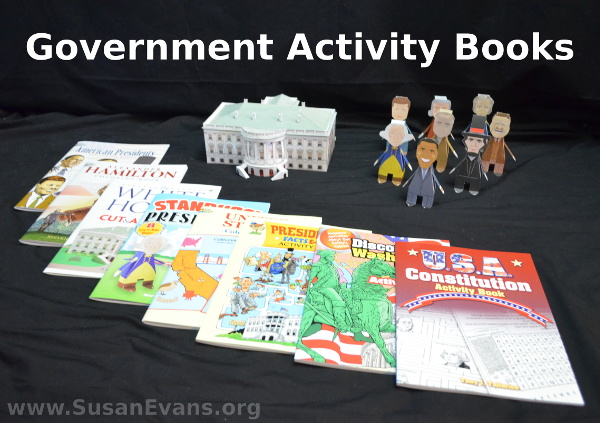
Wouldn’t you be excited to win a copy of these fun Government activity books? Ten winners will receive this entire 8-book set (shipped to USA/Canada only)! Why not enter the drawing below:
Dover Publications American History Books
If you do not win this giveaway, you can still purchase these fun materials from Dover Publications at a 25% discount with the code WHBO. Discount expires on June 30, 2017.
